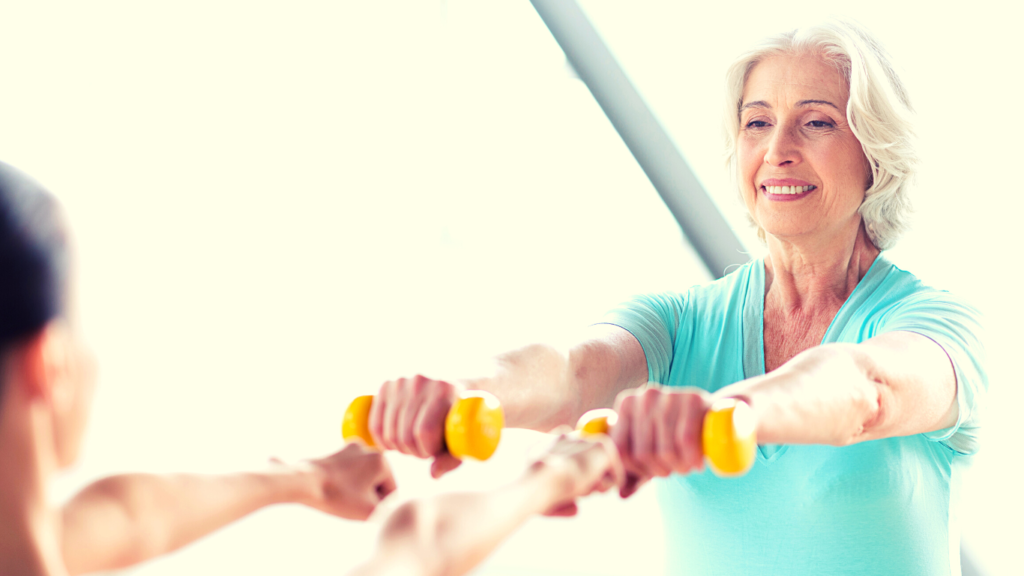As we age, it becomes increasingly important to maintain our physical health and fitness. Exercise can help older adults stay mobile, prevent falls, and reduce the risk of chronic diseases like heart disease, diabetes, and osteoporosis. However, it is important to approach exercise with caution and take steps to ensure that you are working out safely. In this blog post, we will discuss some tips for older adults who want to work out safely and effectively.
Consult With a Doctor Before Starting An Exercise Program

Before beginning any exercise program, it is important to consult with a doctor, particularly if you have any health concerns or pre-existing medical conditions. Your doctor can help you determine which exercises are appropriate for you based on your health status and fitness level.
Choose Low Impact Exercises

As we age, our joints become more prone to injury. To reduce the risk of joint pain and other injuries, older adults should choose low-impact exercises like walking, swimming, cycling, or using an elliptical machine. These exercises are gentle on the joints and provide a great cardiovascular workout.
Start Slow and Gradually Increase The Intensity
If you are new to exercise or haven’t worked out in a while, it is important to start slowly and gradually increase the intensity of your workouts. This will help prevent injury and ensure that you can stick with your exercise program over the long term. Begin with shorter workouts, and gradually increase the duration and intensity over time.
Incorporate Strength Training
Strength training is an important component of any exercise program, particularly for older adults. Strength training can help prevent muscle loss and improve bone density, reducing the risk of fractures. However, it is important to use proper form and start with light weights to avoid injury.
Stay Hydrated

Staying hydrated is important for everyone, but it is particularly important for older adults. As we age, our sense of thirst decreases, making it easier to become dehydrated. Make sure to drink plenty of water before, during, and after your workouts, and avoid exercising in extreme heat or humidity.
Listen To Your Body
As you work out, pay attention to your body and how it feels. If you experience pain or discomfort, stop exercising and rest. Pushing through pain can lead to injury and make it more difficult to stick with your exercise program over the long term.
In conclusion, working out is important for older adults, but it is crucial to do so safely. By consulting with a doctor, choosing low-impact exercises, starting slow and gradually increasing the intensity, incorporating strength training, staying hydrated, and listening to your body, older adults can work out safely and effectively. With regular exercise, older adults can maintain their physical health and independence for years to come.


This in a useful post and amazing writing thanks for sharing